This volume applies modern quantitative techniques to the meaningful analysis of economic policy, economic forecasting, and scientific quantification of economic relationships. The essays deal with issues in policy modelling for the Indian economy with respect to: price behaviour, growth scenarios, monetary policy, business cycles, debt management, exchange rate and trade flows, and consumption behaviour. In highlighting effective macroeconomic modelling techniques from a policy perspective, the volume enables convergence between professional economists and policy-formulators. This ensures meaningful application of econometric methodology to a spectrum of policy themes resulting in more reliable, effective, and sustainable solutions. The principal economy-wide modelling techniques the volume focuses on include: structural modelling, spectral analysis, optimal control, coincident indicators, and the latest extension of almost ideal demand systems (AIDS). Presenting an overview of the developments in the field of structural macroeconometric modelling in India in the last two decades, the contributors encapsulate the diverse methodologies used as well as the empirical results generated. The book is of contemporary relevance to the new policy regime geared for globalization. It firmly sends out the message that in an era of increasingly dynamic market structures, it is necessary to quantify behavioural patterns and adjustment processes rather than relying on rules of thumb and casual empiricism. Contributors include Nobel Laureate Lawrence Klein, Jan Tinbergen, D.M. Nachane, and winner of the Mahalanobis Memorial National Award, M.J. Manohar Rao, among others. This volume will be important to researchers, policy-makers, administrators, academics, and professional economists engaged in debates on policy scenarios for growth and stability.
Glimpses of Art, Architecture and Buddhist Literature in Ancient India
The glimpses of art, ...
$27.00
$30.00

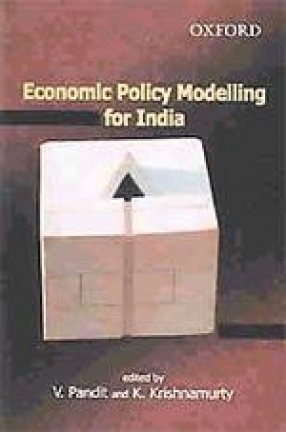
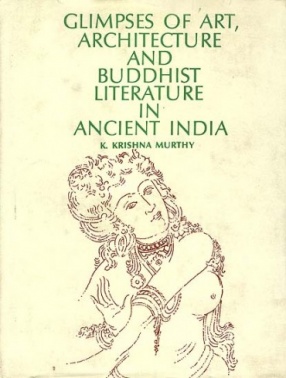

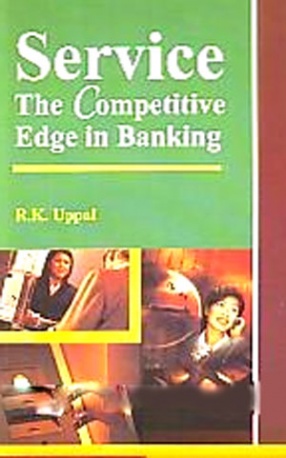
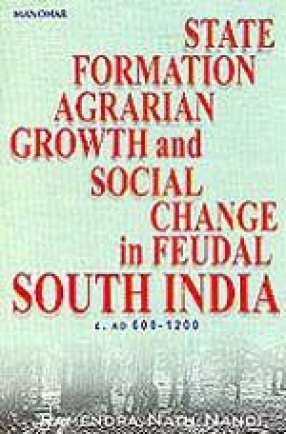
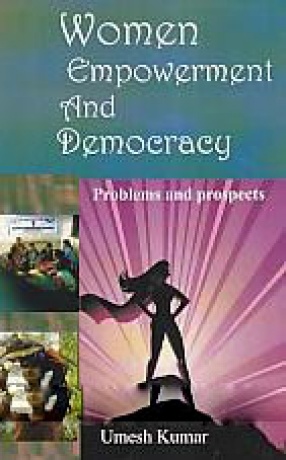
There are no reviews yet.